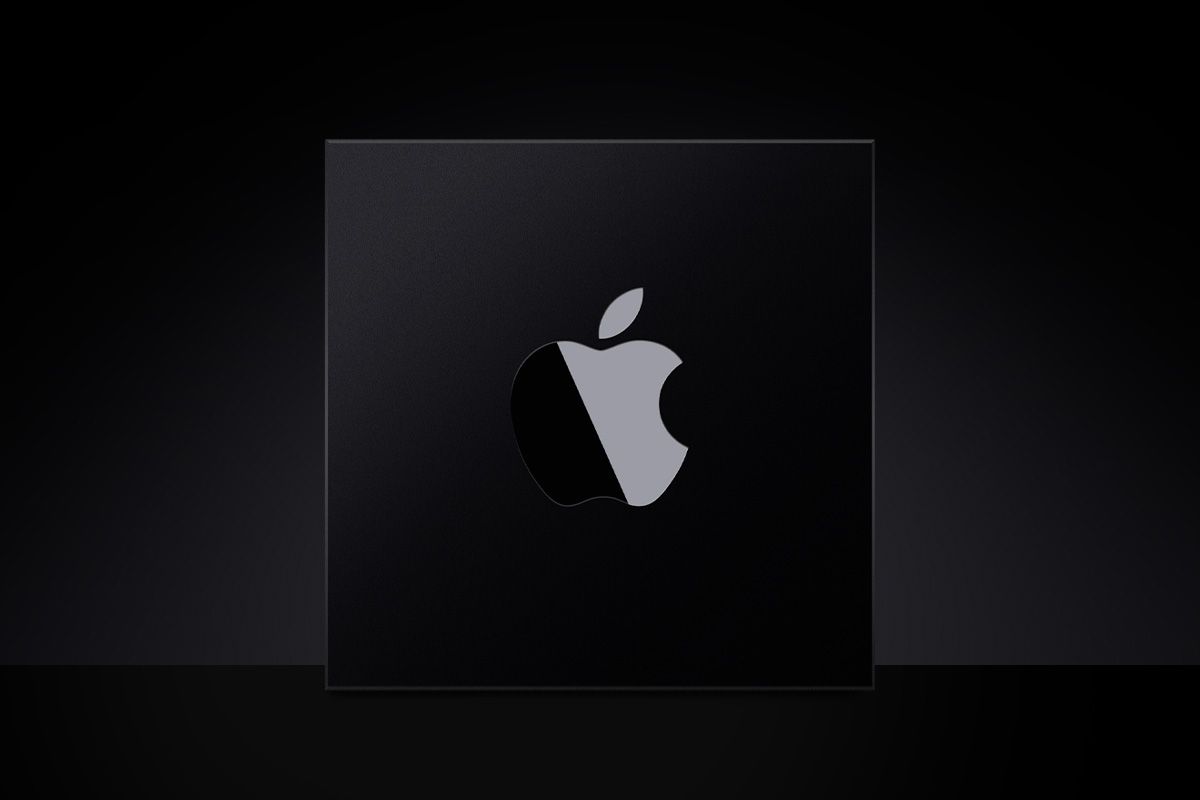Apple seems to have only scratched the surface with its new M1 chip that it introduced last month. A new report now suggests that the Cupertino giant is already testing more powerful chipsets that can arrive as soon as early next year. In a bid to shift from Intel to its own Apple Silicon platform, the company recently launched three products with its ARM-based processor- the MacBook Air, the MacBook Pro 13, and the Mac mini. It is expected that Apple will completely move away from Intel by 2022.
According to Bloomberg, the upcoming chip from Apple is reportedly going to come with 16 power-cores and four high-efficiency cores, which could make its way to the upcoming iMacs and larger sized MacBook Pro models. There is another top of the line variant that will come with 32-performance cores, which is expected to power the next-gen Mac Pro that could arrive by 2022. While these are speculated specifications, the upcoming chipsets are definitely going to give Intel something to watch out for.
As of now, Apple is in the early stages of designing the chip which means, don’t count on the above-mentioned core counts as they could change once the design is finalized. Additionally, the report also says that Apple is working on new graphics processors that include 16-core and 32-core designs for upcoming MacBooks and iMacs, while 64-core and 128-core designs are also said to be in the pipeline for the Mac Pro. While these sound impressive, they should only be able to match discrete GPU offerings from NVIDIA and AMD and not be as powerful as the ones we see on desktops.
Apple’s M1 chipset has already received positive feedback from reviewers for offering excellent performance and power efficiency compared to the equivalent Intel options. The current M1 chip comes with an octa-core configuration with four performance cores and four high-efficiency cores. Graphics are handled by either a seven-core or eight-core chip, depending on the Mac model that you opt for. Along with the promise of faster performance, Apple's silicon also holds promise for changing the desktop and laptop landscape in the coming years.

